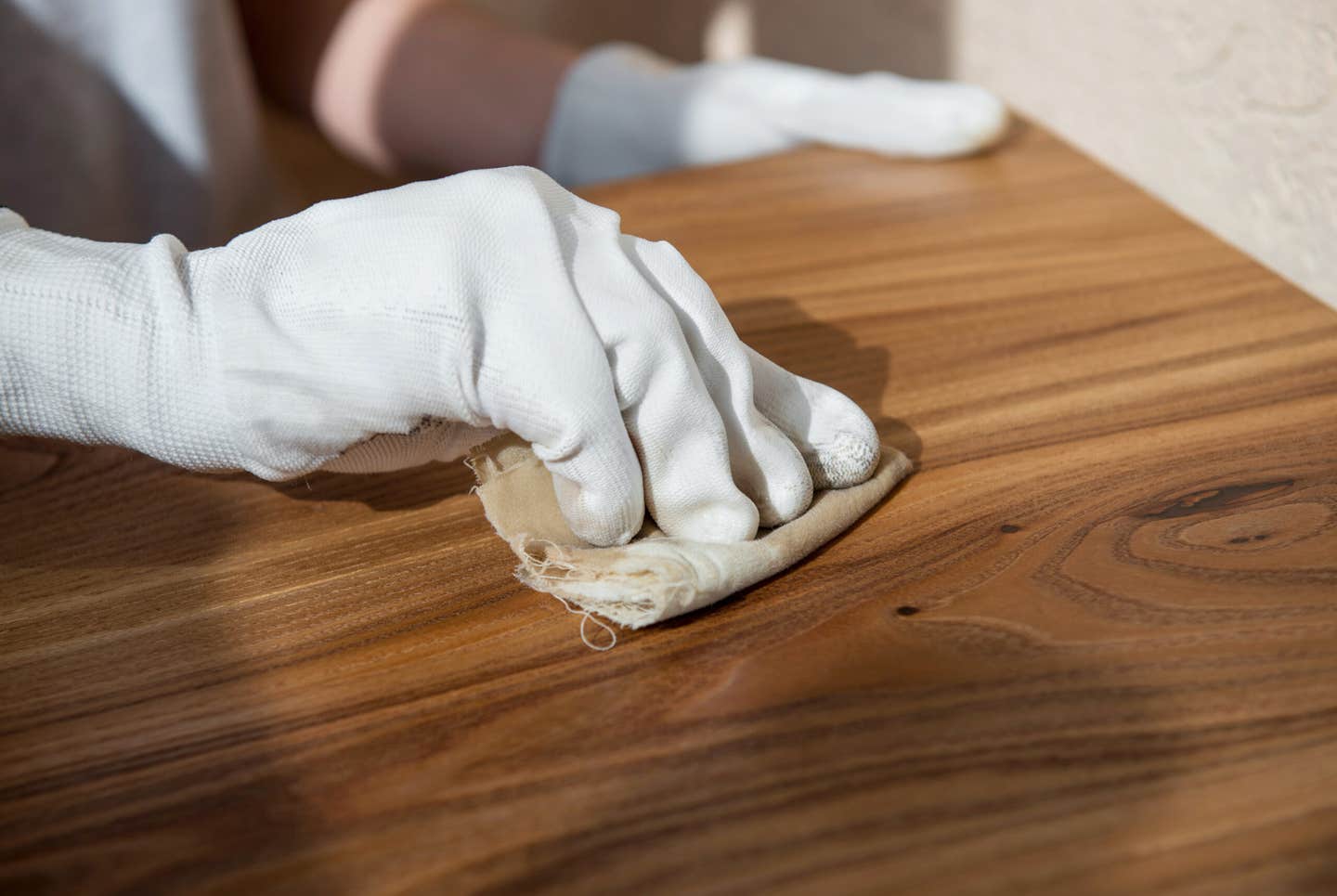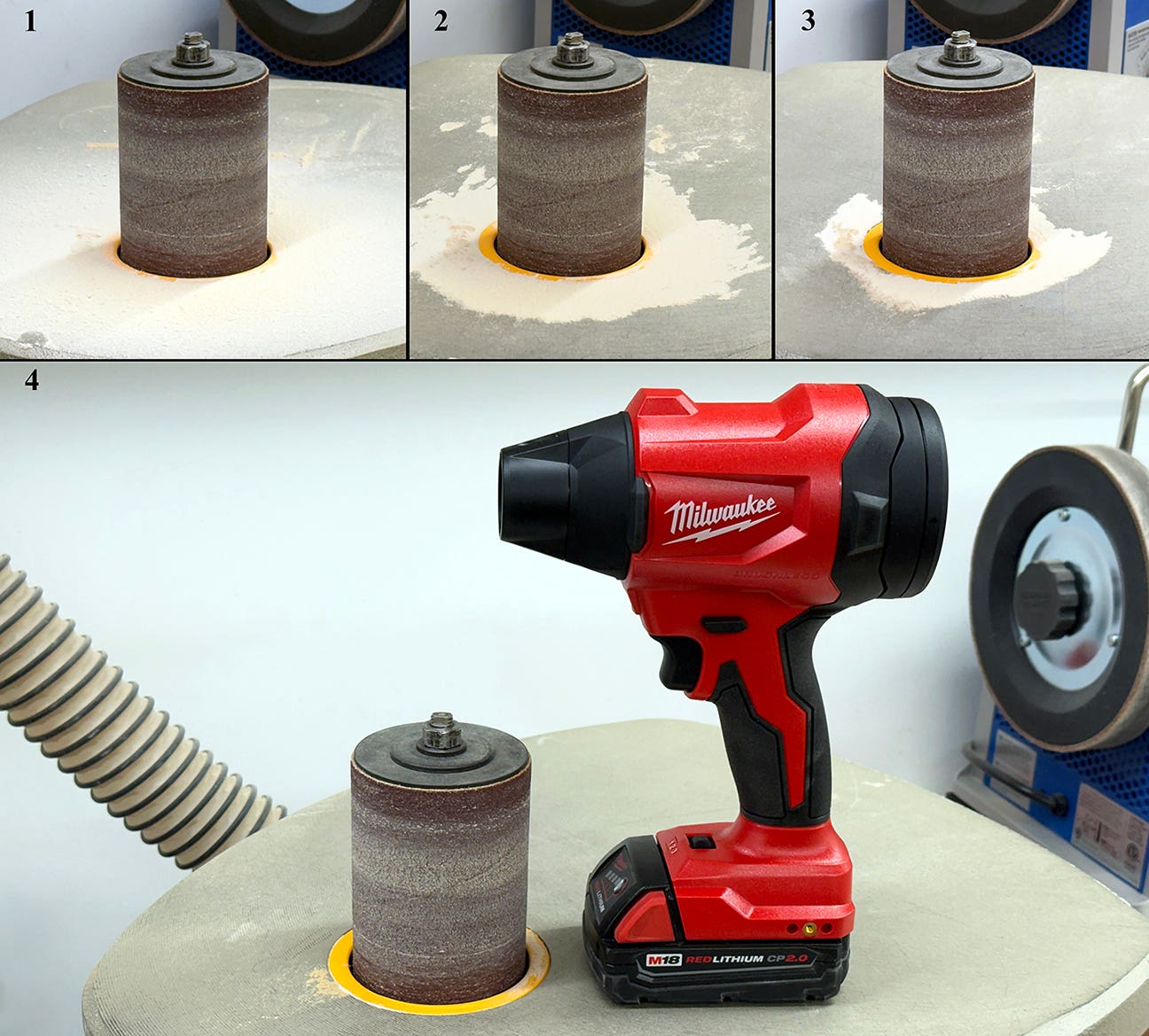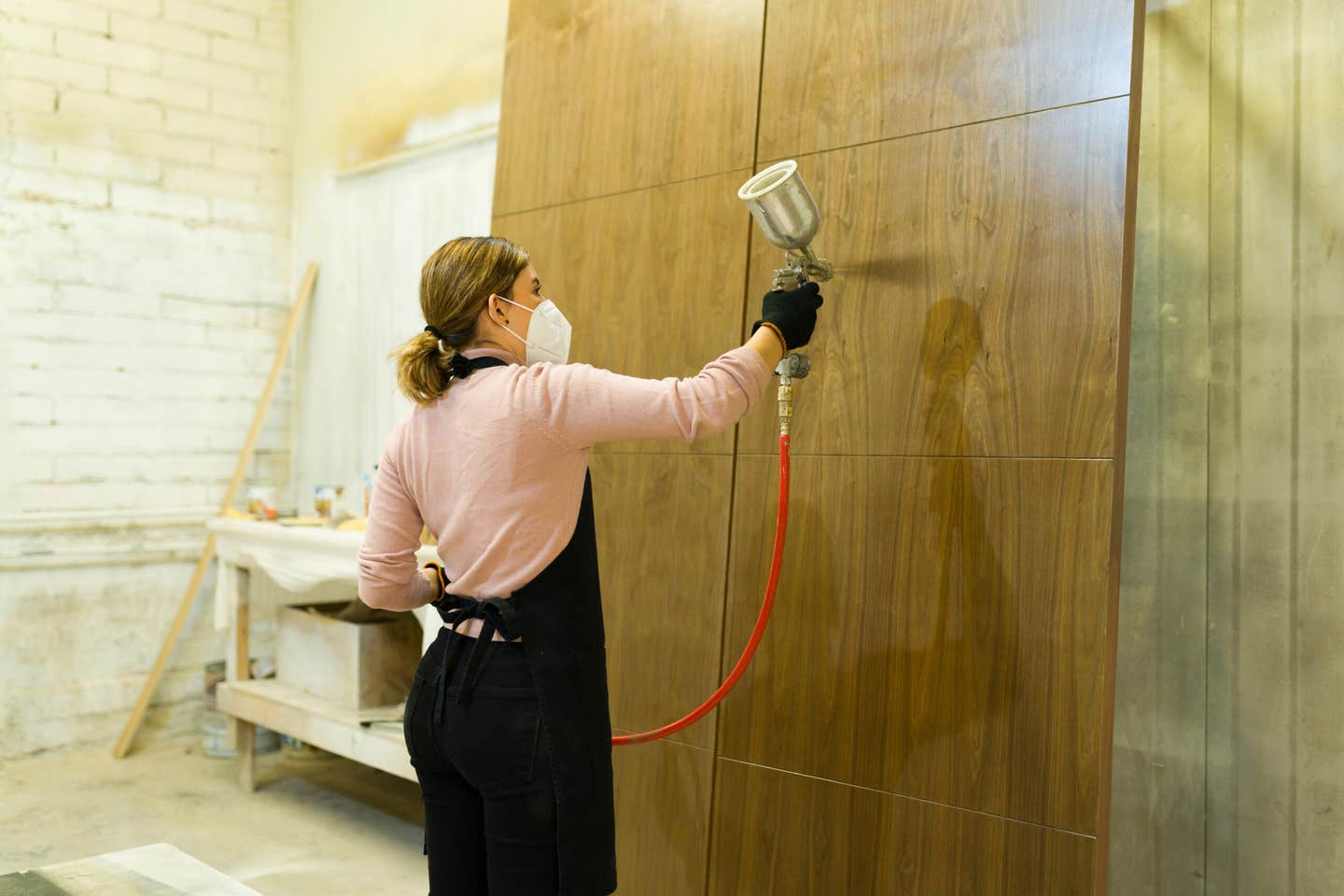Sticking with a family tradition
Liam Kealy is typical of most woodworkers, but the things he makes are anything but typical.
Liam Kealy is typical of most woodworkers, but the things he makes are anything but typical.
When Sally and I were in Ireland earlier this month, I made a point of seeking out a few woodshops. We woodworkers love talking shop, and the same is true there. One of the shop owners I visited was Liam Kealy, a maker of traditional Irish shillelaghs in, not surprisingly, a tiny town actually named Shillelagh in Co. Wicklow.
While the most common shillelaghs can be fighting implements, clubs or cudgels, the word is generously used to also cover walking sticks and canes. They’re made almost exclusively of blackthorn, a species chosen as the perfect balance between hardness and lightness.
Olde Shillelagh Stickmakers is a family affair – home, workshop and storefront are in a single location on the small town’s main street, and everyone pitches in. His father taught him how to make the sticks, passing on knowledge handed down from his great-grandfather.
Liam harvests his sticks from the surrounding Co. Wicklow countryside, then lightly trims them of tiny branches and such before storing them in a covered outdoor rack behind his shop for initial drying for a year or so. They then move to an indoor rack for further seasoning, while other sticks are already working their way through the shaping and finishing process.
When ready to work, the sticks are further trimmed of sharp edges and points, then smoothed and sanded as needed. The traditional shillelaghs get a coat of black lacquer all over (except the handle or head end, which is left natural), followed by a clear gloss varnish. Personalized and custom sticks will also receive ornately hand-lettered inscriptions or text requested by customers.
All in all, from harvest to delivery, a shillelagh can take two to five years to make. Liam estimates that at any given time he may have several thousand sticks on-site in one state of production or another (there are about 2,000 in his outdoor drying shed alone). Of course, after our visit to Olde Shillelagh, he has one less stick in stock. No way I was heading home without one.
A.J. Hamler is the former editor of Woodshop News and Woodcraft Magazine. He's currently a freelance woodworking writer/editor, which is another way of stating self-employed. When he's not writing or in the shop, he enjoys science fiction, gourmet cooking and Civil War reenacting, but not at the same time.







